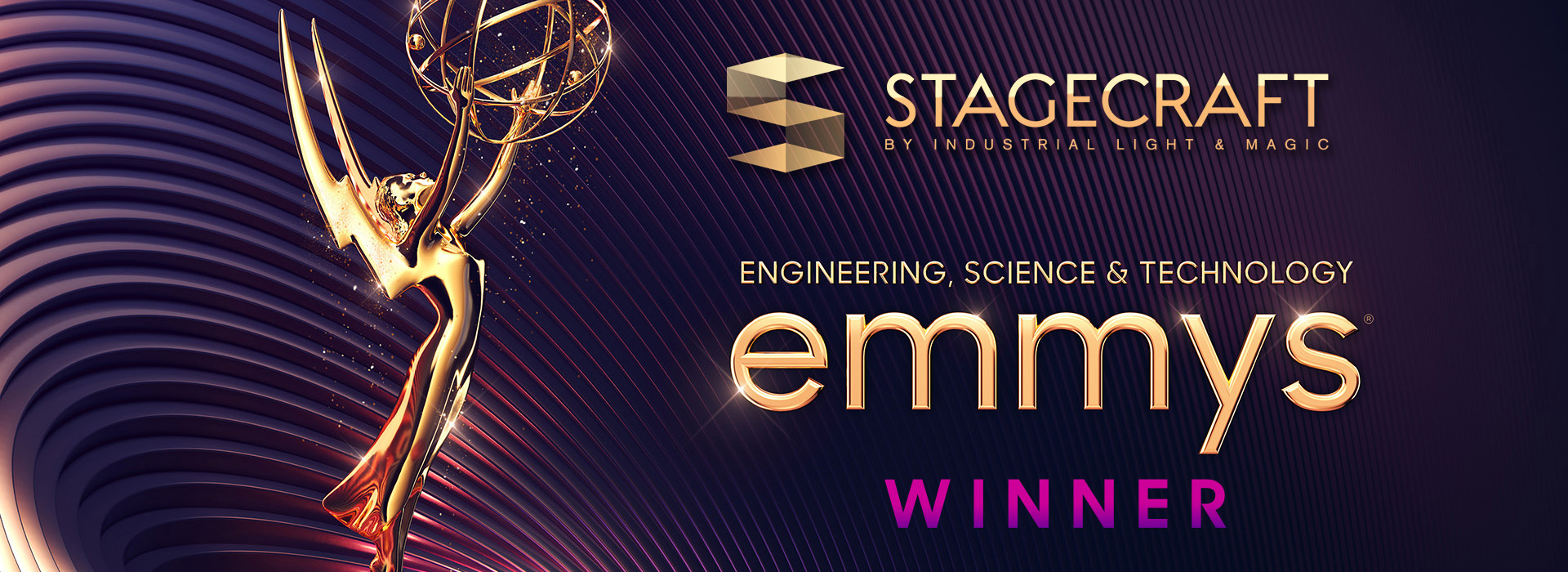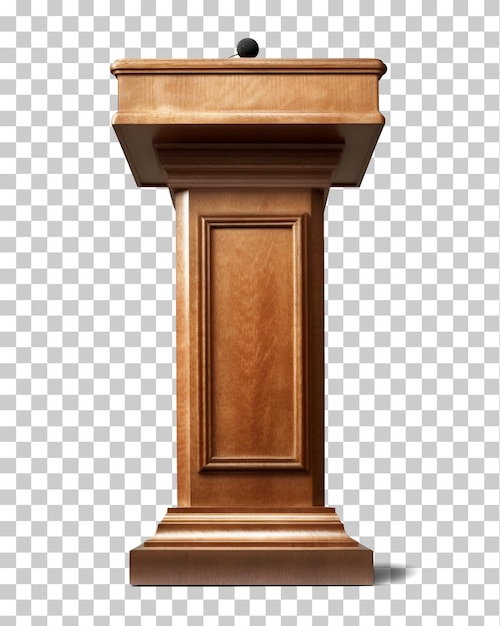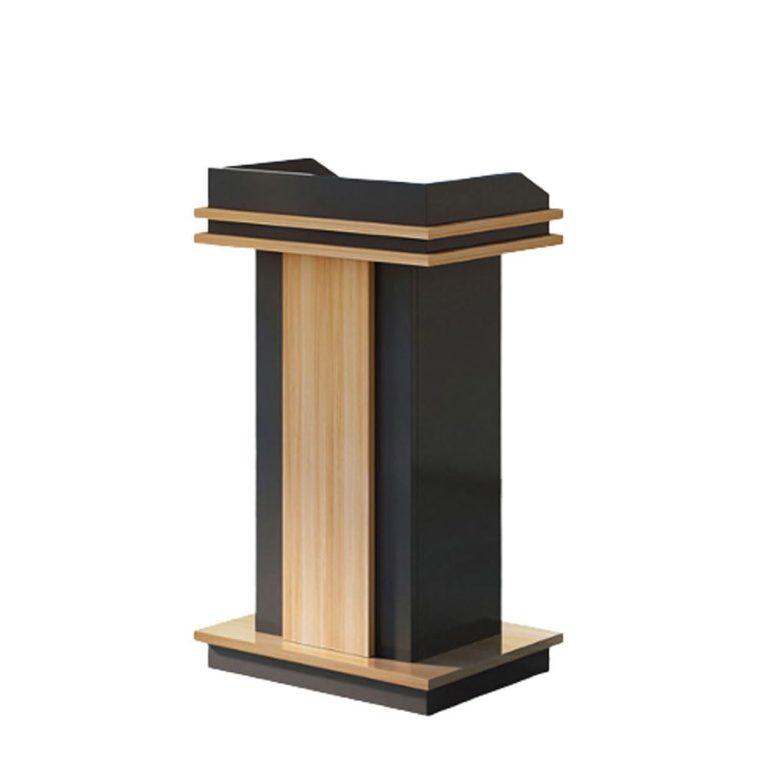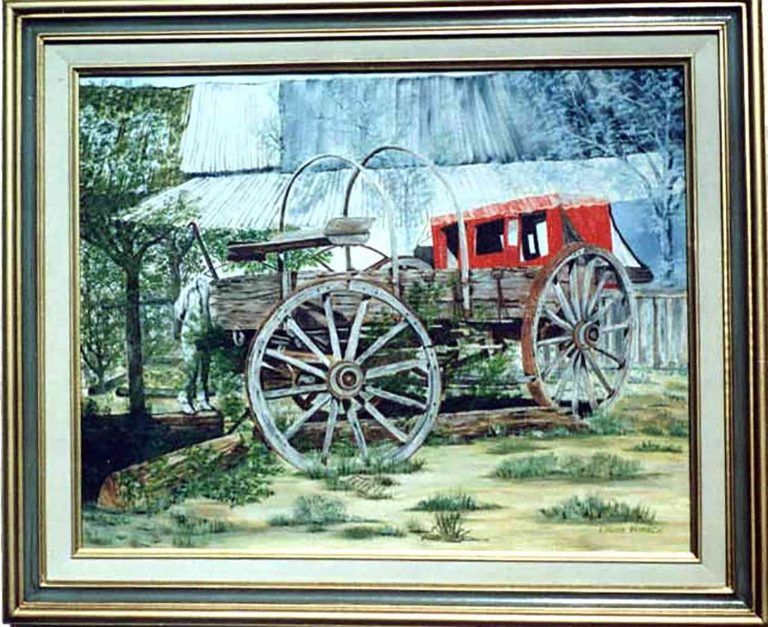How Does Technology Support Stagecraft?
Technology supports stagecraft by providing advanced audio and visual equipment, enhancing production efficiency and creativity. In today’s entertainment industry, stagecraft heavily relies on technology to create mesmerizing experiences for audiences.
From advanced sound systems and lighting fixtures to computerized control systems, technology has revolutionized the way stage productions are executed. By providing precise control over stage elements, technology enables seamless coordination between performers, set design, lighting, and sound. It also allows for innovative special effects, projection mapping, and holographic displays, enhancing the overall impact and immersion of live performances.
With the integration of technology, stagecraft continues to push boundaries and offer captivating experiences that transport audiences to extraordinary worlds.

Credit: www.hollywoodreporter.com
Technological Innovations In Stagecraft
Technology has revolutionized every aspect of our lives, and stagecraft is no exception. With the advent of modern technology, live performances have become more captivating and immersive, setting the stage for unforgettable experiences. From projection mapping to LED lighting, the integration of technology in stagecraft has opened up a world of possibilities for artists and performers.
Projection Mapping
Projection mapping has emerged as a game-changer in the world of stagecraft. By using advanced software and high-powered projectors, artists can transform ordinary objects or even entire buildings into dynamic displays. This technique allows for the creation of stunning visual effects, enhancing the storytelling element of a performance. Through projection mapping, intricate scenes can be projected onto multiple surfaces, creating an immersive experience that transports the audience to a different world altogether.
Led Lighting
LED lighting has revolutionized the way stage productions are illuminated. LED lights are energy-efficient and provide a wide range of vibrant colors, allowing for endless possibilities in lighting design. With their compact size and versatility, LED lights can be easily integrated into sets, props, and costumes, enhancing the visual impact of a performance. Whether it’s creating a dramatic ambiance or highlighting specific elements on stage, LED lighting offers precise control and flexibility, making it a valuable tool in the hands of stagecraft professionals.
Enhancing Visual Effects
Technology plays a crucial role in enhancing visual effects in stagecraft, enabling immersive experiences for audiences. From advanced lighting techniques to sophisticated projection systems, the integration of technology adds depth, realism, and wow factor to performances, elevating the overall production quality.
Technology plays a crucial role in transforming stagecraft and taking visual effects to new heights. With advancements in various digital tools, the world of live performances has become more visually captivating than ever before. In this section, we will explore two key technologies that have revolutionized the way visual effects are executed: immersive projection and computer-generated imagery (CGI).
Immersive Projection
Immersive projection involves projecting images or videos onto various surfaces, creating an illusion of depth and dimension. This technology allows for the creation of awe-inspiring scenes that transport the audience to different places and times.
Advancements in projector technologies and mapping techniques have made immersive projection a staple in stagecraft. By using multiple projectors and precisely mapping the content onto intricate stage designs, designers can transform a blank canvas into a visually stunning masterpiece.
Whether it’s transforming a stage into a tropical rainforest or simulating a galactic space journey, immersive projection enables artists to push the boundaries of visual storytelling. By effectively manipulating light and imagery, these projections add an extra layer of immersion and spectacle to live performances.
Computer-generated Imagery (cgi)
Computer-generated imagery, commonly known as CGI, is another groundbreaking technology used in stagecraft to enhance visual effects. Through the magic of digital wizardry, CGI allows designers to create lifelike virtual elements that seamlessly blend with real-world stages and actors.
With the help of powerful software and rendering engines, designers can generate realistic 3D models, animations, and special effects. These computer-generated elements are then integrated into live performances, creating jaw-dropping visual moments that captivate the audience.
| Benefits of CGI in stagecraft: |
|---|
| 1. Realistic representations of fantastical elements |
| 2. Seamless integration with live actors and sets |
| 3. Enhanced storytelling through visual metaphors |
From mythical creatures to breathtaking landscapes, CGI enables designers to bring any vision to life on the stage. With precise attention to detail and creative imagination, the possibilities are limitless.
By leveraging immersive projection and CGI, stagecraft has reached new heights of visual spectacle. These technologies empower artists and designers to create astonishing immersive experiences, transporting audiences to unimaginable worlds. It is a testament to the incredible power of technology in supporting stagecraft and pushing the boundaries of what can be achieved on the stage.
Improving Sound Design
In the realm of stagecraft, sound design plays a crucial role in enhancing the overall experience for the audience. Technological advancements have significantly revolutionized sound design, offering more precise control and creating a more immersive theatrical environment. With the help of modern technology, sound engineers can now achieve digital sound mixing and realistic sound effects, making the stage come alive.
Digital Sound Mixing
One of the key advancements in sound design is the introduction of digital sound mixing. This technology allows sound engineers to manipulate audio signals with utmost precision and accuracy. With digital sound mixing consoles, sound engineers can easily control various audio elements including volume, EQ, and effects to create the desired soundscapes. Digital sound mixing offers flexibility and efficiency in managing complex audio setups, resulting in improved sound quality and seamless integration with other stage production elements.
Realistic Sound Effects
Technology has led to remarkable progress in generating realistic sound effects for stage productions. Gone are the days of relying solely on physical props and manual sound reproduction techniques. Advancements in sound synthesis, sampling, and playback systems have made it possible to recreate lifelike auditory experiences on stage. Sound designers now have access to extensive digital libraries of sound effects, allowing them to choose from a wide range of options and tailor the audio to suit the narrative and mood of the production. With technology, stagecraft can now amaze audiences with immersive soundscapes that transport them to different worlds, enhancing the overall theatrical experience.

Credit: deadline.com
Streamlining Production Processes
Technology plays a crucial role in supporting stagecraft by streamlining production processes. It simplifies tasks, enhances efficiency, and enables seamless coordination among production team members, ultimately leading to more polished performances.
Cad Drafting
CAD (Computer-Aided Design) drafting has revolutionized the way stagecraft professionals plan and visualize their creations. With the help of CAD software, designers can create detailed 2D and 3D models of sets, props, and lighting designs. These digital representations not only provide a realistic preview of the final product but also allow for easier collaboration between different teams. By enabling accurate measurements and precise positioning of stage elements, CAD drafting helps streamline the production process and eliminates the need for trial and error.Automation And Robotics
Automation and robotics have become integral parts of stagecraft, bringing efficiency and precision to production processes. With the use of advanced technology, various aspects of stagecraft can be automated, from moving props and set pieces to controlling lighting and sound effects. This not only saves time and reduces the margin of error but also enhances the overall experience for the audience. By allowing for seamless transitions and synchronized movements, automation and robotics contribute to the smooth execution of performances. In addition, robotics has made it possible to create complex and dynamic set designs that were previously unattainable. With robotic systems, sets can transform and adapt during a production, creating visually stunning and engaging experiences for the audience. These technological advancements in automation and robotics have revolutionized stagecraft, pushing boundaries and setting new standards of creativity in the industry.Conclusion
The integration of technology in stagecraft has significantly streamlined production processes, leading to more efficient and visually captivating performances. CAD drafting has enabled precise planning and collaboration, while automation and robotics have brought efficiency, precision, and dynamics to stagecraft. As technology continues to advance, we can expect even more exciting possibilities for stagecraft, pushing the boundaries of creativity and enhancing the overall theatrical experience.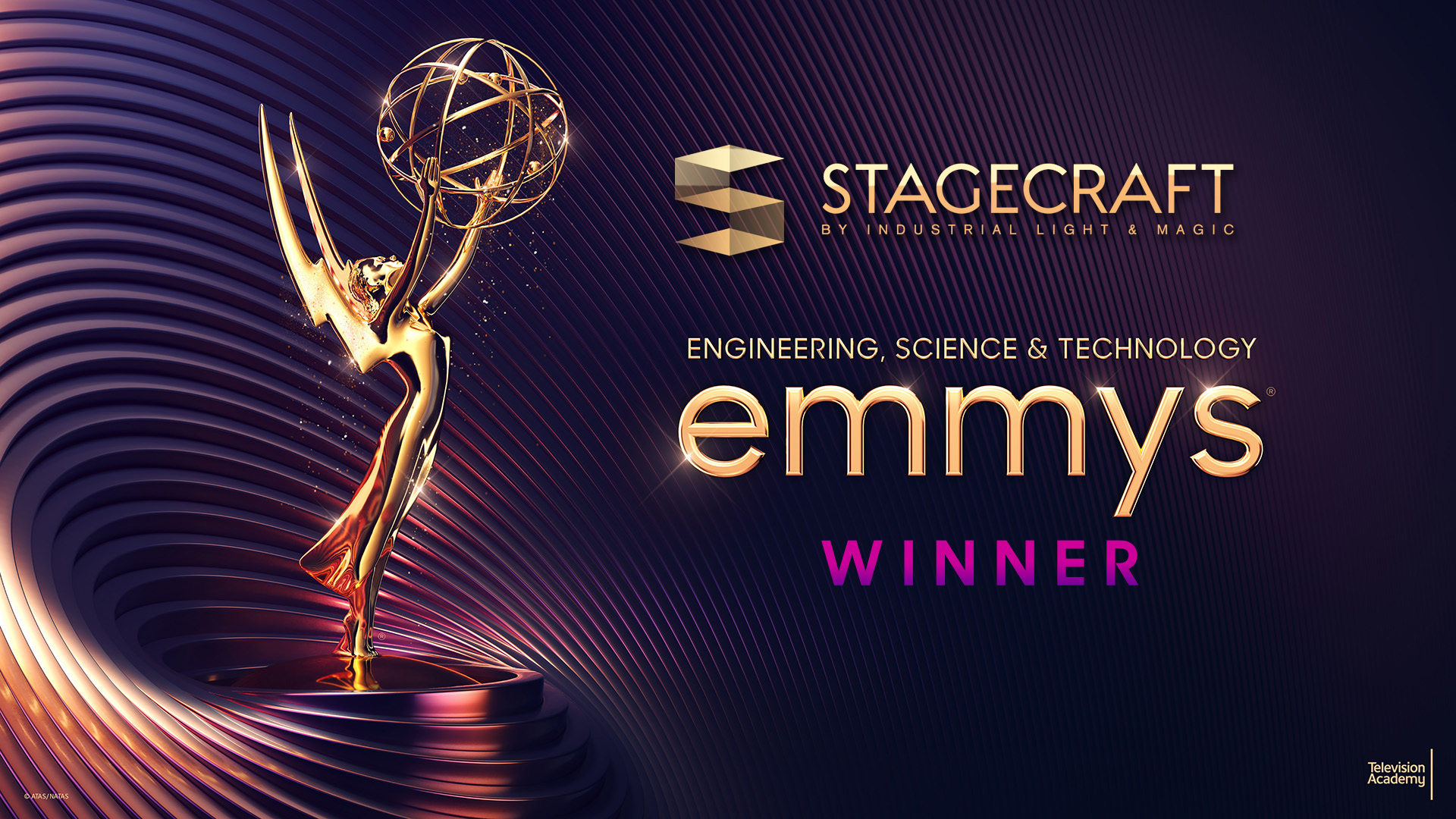
Credit: www.ilm.com
Frequently Asked Questions For How Does Technology Support Stagecraft?
How Does Technology Transform Stage Performances?
Technology transforms stage performances by enhancing visual effects, adding immersive audio experiences, enabling seamless set changes, improving overall production quality, and enhancing audience engagement.
How Does Technology Help Actors?
Technology helps actors by providing them with tools for improving their performances, such as digital special effects, motion capture, and virtual reality. It also allows actors to audition remotely, collaborate with other professionals worldwide and enhance their visibility through online platforms.
How Does Technology Influence The Theater?
Technology revolutionizes theater by enhancing visual effects, amplifying sound quality, and improving stage mechanics. It allows for realistic scenery projections, intricate lighting designs, and seamless set changes. With the help of advanced equipment, theater productions become more immersive and captivating, attracting larger audiences.
What Is Technical Theatre Stagecraft?
Technical Theatre stagecraft refers to the behind-the-scenes elements of a theatre production, such as lighting, sound, set design, and props. It involves the technical aspects of creating and executing the visual and auditory elements of a performance.
How Does Technology Enhance Stagecraft Performances?
Technology enhances stagecraft performances through advanced lighting, sound systems, visual effects, and digital set designs.
Conclusion
Technology plays a pivotal role in enhancing stagecraft, revolutionizing the way theatrical performances are presented. From elaborate lighting and sound systems to cutting-edge special effects, technology has opened new avenues for creativity and immersive experiences. It has allowed stage designers and directors to seamlessly incorporate multimedia elements, making every production more visually stunning and captivating.
With the continuous advancements in technology, the future of stagecraft holds exciting possibilities, promising to push the boundaries of imagination and elevate the overall theatrical experience. So, embrace the power of technology and witness the magic unfold on stage!
